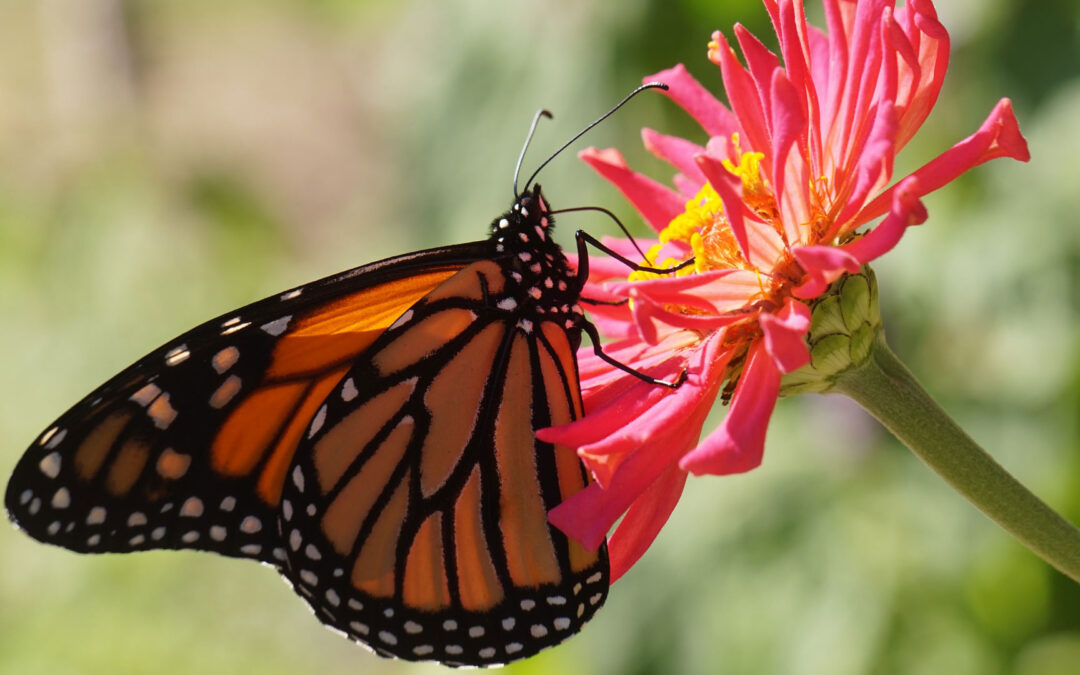While we like to talk about insects that are mean, dangerous, or destructive (and how to get rid of them), there’s one insect that homeowners often want to attract. We’re talking about butterflies, of course. You may be surprised to learn that there are more than 150 species of butterflies in Maryland! They are quite beautiful, but are butterflies only something pretty to look at, or do they play a role in our ecosystem? And are there any dangerous species?
Let’s take a closer look at butterflies in Maryland and why you may want to attract them—or not.
A Good Pollinator
Like bees, butterflies are active pollinators, though they’re not as efficient because their furless bodies don’t carry as much pollen from plant to plant. Butterflies enjoy flowers that are broad and brightly colored, with a lot of nectar (check out this list of butterfly-attracting plants). While they’re not as big of a contributor to plant pollination as bees, they do help to pollinate some plants that bees don’t, such as milkweed. For this reason alone, butterflies play an important role in our ecosystem.
A Sign of a Healthy Environment
It can be challenging for an everyday individual without a scientific background to gauge the health of the environment. Luckily, butterflies play a role here, too. Having butterflies in the area is often a sign of an ecosystem’s health, indicating the presence of other invertebrates, meaning that there is a wide diversity of lifeforms in a given area. They’re also a sign of a healthy bird and bat population (butterflies are a favorite snack). This is “biodiversity,” and the more biodiverse an ecosystem is, the more sustainable it is.
But Are They Dangerous?
The answer to this question is, surprisingly, yes. Some species at least are poisonous—not to humans necessarily (they’re not going to sting or bite you), but to their predators.
And while the butterfly is beautiful and fun to look at it, it’s important to remember that they have three other life stages—egg, larva, and pupa. Eggs laid on plants in the Brassica family (broccoli, cabbage, greens) can kill plant leaves. The larva stage—i.e. when they’re caterpillars—is the butterfly’s most destructive stage, as caterpillars eat leaves and stems of a wide variety of plants and can kill the plant. What they eat will vary by species, but they commonly like to attack oak trees and the Brassica family plants already mentioned.
Do I Need to Get Rid of a Butterfly Infestation?
Once they transform from caterpillar to butterfly, they’re fairly safe, so you generally don’t have to worry about an infestation. But if you’re an avid vegetable gardener, you’ll probably want to remove any caterpillars you find roaming around, as they can easily wipe out your crops.
Aside from that, though, you may even want to plant flowers and bushes that will attract them—if you want a little extra beauty in your life this summer.

